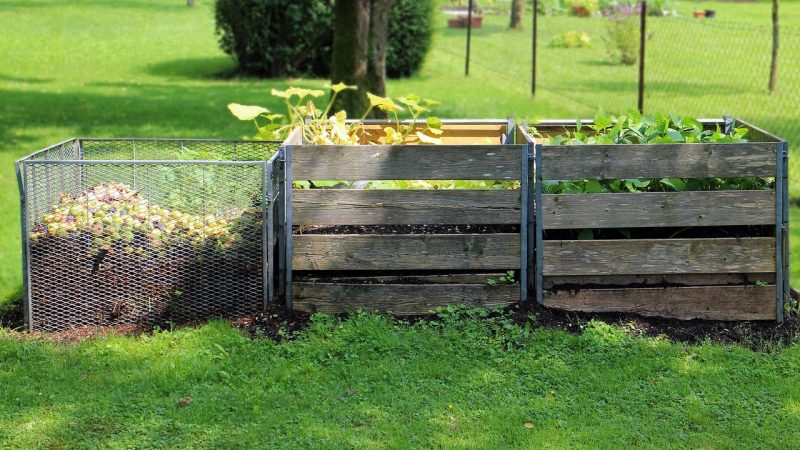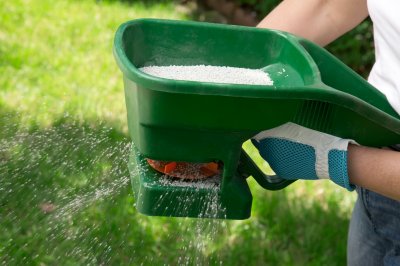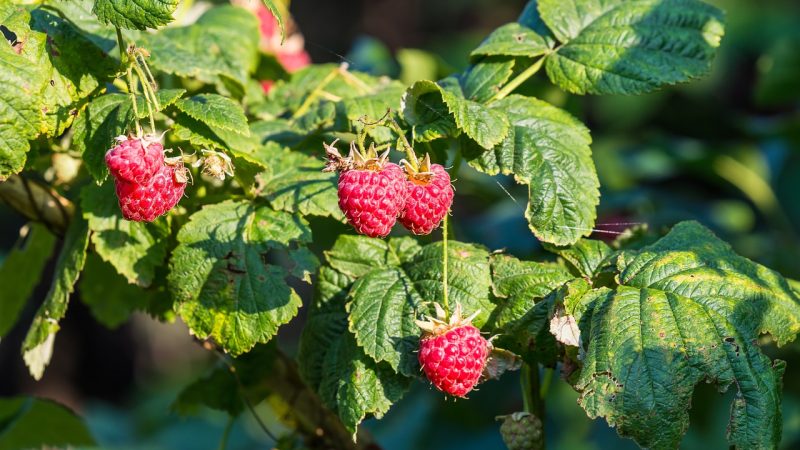Brussels sprouts are a cool-season vegetable that is typically planted in the late summer or early fall for a winter harvest. Here are some steps to follow for planting Brussels sprouts:
- Choose a sunny location: Brussels sprouts need full sun to grow and produce well, so choose a spot in your garden that gets at least six hours of direct sunlight per day.
- Prepare the soil: Brussels sprouts grow best in well-draining soil that is rich in organic matter. Amend the soil with compost or well-rotted manure before planting to improve soil fertility and texture.
- Plant the seedlings: Brussels sprouts are usually started from seed indoors in early summer and then transplanted outdoors when they are about six weeks old. Plant the seedlings about 18-24 inches apart in rows that are spaced 2-3 feet apart.
- Water regularly: Brussels sprouts need regular water to thrive, so make sure to water them deeply once or twice a week, depending on the weather and soil conditions. Avoid getting the leaves wet when watering to prevent disease.
- Fertilize regularly: Brussels sprouts are heavy feeders and need regular fertilization throughout the growing season. Use a balanced fertilizer or organic amendments like compost or fish emulsion every four to six weeks.
- Monitor for pests and diseases: Brussels sprouts can be susceptible to pests like aphids, cabbage loopers, and cabbage worms, as well as diseases like clubroot and black rot. Monitor the plants regularly and take action if you notice any signs of pest or disease damage.
- Harvest the sprouts: Brussels sprouts are ready to harvest when they are firm and about the size of a golf ball. Pick them off the stem from the bottom up as they mature, and remove any yellowing or damaged leaves as you go.
By following these steps, you can successfully grow Brussels sprouts in your garden and enjoy a bountiful harvest of this delicious and nutritious vegetable.







